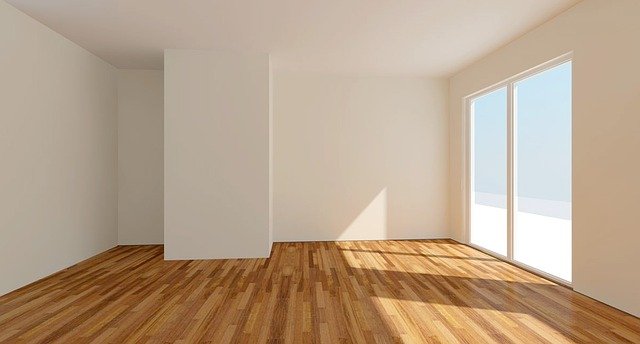
In this month’s blog, we are going to take a brief look at a couple of drywall options, traditional drywall versus paperless drywall. We will consider what the difference between them is and where they would be best used.
What are these two types of drywall made up of? Traditional drywall is covered in super thick paper and has a core made of gypsum. Because it is covered in paper, it is much more vulnerable to water damage and the problems connected with that such as mold growth. Paperless drywall has a coating of fiberglass instead of paper and its core is made of water-resistant gypsum, this makes paperless drywall much more resistant to water damage. Also, due to its fiberglass covering, it is much stronger than its traditional counterpart.
So, after looking at the composition of these two types of drywall you may be thinking that the obvious choice is paperless. It is true that paperless drywall is a very good choice for areas or rooms that experience high levels of humidity such as bathrooms and basements, however, the strong nature of paperless drywall also makes it much more rigid and the installation of it can be trickier than standard drywall. It is also harder to achieve the same smooth finish that you get with traditional drywall. Another disadvantage is that paperless drywall may not be as easily available as traditional.
What should we conclude, then, regarding paperless drywall versus traditional drywall? Paperless drywall is ideal for use in high humidity areas, but you may want to use traditional drywall in other areas of the home and wherever you want a nice smooth finish.
